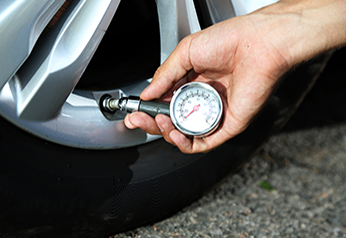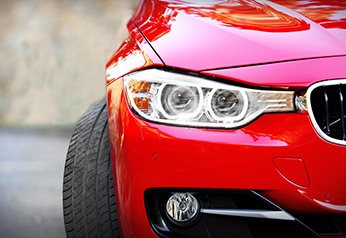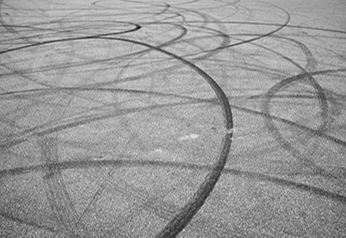
Run Flat Tyres - Your Essential Guide
A flat tyre is something almost every driver on the planet will have to deal with at least once in their lives.
Tyres in general, are mainly durable, but what with regular wear and tear as well as various road conditions, a flat is inevitable.
It is a nuisance, happening when you least expect it and at the most inconvenient times. You'll have to change the tyre yourself or wait for roadside assistance to come and help you.
Although you might carry a spare, changing tyres at roadsides may not be safe. This is especially dangerous on a busy highway with vehicles zipping past you at high speeds - and even more so if you get a flat at night.
Punctures are also highly dangerous if they occur at high speeds. There could be a total loss of control if the sidewall of the tyres separates and drops into the well of the wheel.
To avoid these uncomfortable flat tyre changing scenarios, tyre innovators throughout the decades designed Run Flat Tyres.

What are Run Flat Tyres?
It is a nuisance, happening when you least expect it and at the most inconvenient times. You'll have to change the tyre yourself or wait for roadside assistance to come and help you.
Run-flat tyres are exactly what the name indicates.
Unlike traditional tyres, they are capable of travelling some distance even when punctured. Run Flat tyres can get you home or even to the nearest auto repair shop or garage to get your tyre changed in the event of a flat. Run-flat tyres are also called zero-pressure tyres since they need zero air pressure to still get you where you need to go in an emergency.
This is not "new" technology. Several run-flat systems have been around for a long time, albeit in different forms. However, with each passing year, improved models are constantly introduced to the market, with tyre manufacturers developing better products, with the goal of making the vehicle safer.
Today, you'll find that Run Flat tyres come standard in about 12-14% of all new vehicles released. Car brands such as BMW, Cadillac, Mercedes-Benz and Mini use run-flat tyres on their models.
Fun Fact: Run-flat tyres can only be fitted on vehicles that come with TPMS (Tyre Pressure Monitoring System) technology. These are mainly cars manufactured from 2012 onwards.
How do Run Flat Tyres work?
Before we talk about how run-flat tyres work, here is a quick review of how regular tyres work.
Regular or Conventional tyres need the right amount of air to stay hard and rigid. Once you get a puncture, the air leaks out, the tyre will collapse under the weight of your car and you're stuck with a flat tyre.
Run-flat tyres, on the other hand, are built differently from conventional tyres. They are constructed with extra reinforced sidewalls so there is no need for air pressure.
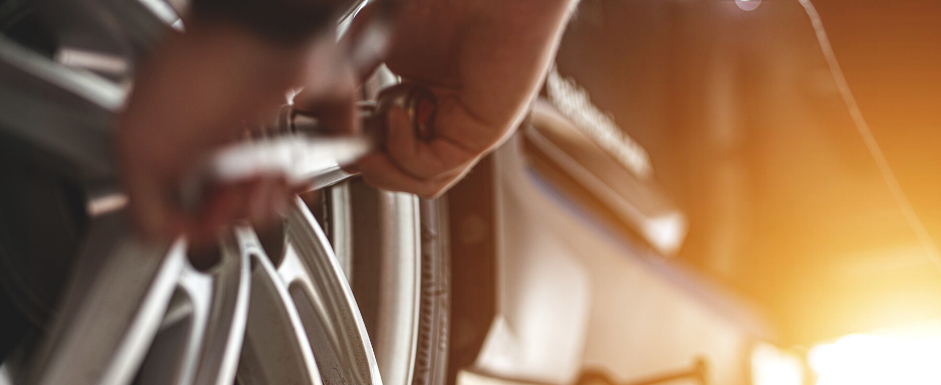
Types of Run Flat Tyres
There are two types of run-flat tyres – those with a greatly strengthened sidewall and those with an internal support ring mounted on the inside of the wheel rim. Irrespective of the type, both allow the driver to continue the journey without having to stop and change the punctured tyre. However, there are some distance and speed limitations which vary from brand to brand. Most can bring you around the range of 80km or 50 miles if you drive carefully, within the prescribed speed limit of around 80km/hr for pretty much all brands across the board. We recommend you do a little research, check your vehicle's manual and your tyre maker's instructions and keep them on hand just in case.
Self-Supporting Run Flat Tyres
The self-supporting tyre system, as the name implies, is designed to sustain itself on its own in case there is a sudden air loss from a puncture. Most self-supporting run-flat tyres feature reinforced sidewall construction, which bolsters the tyre, making it able to bear the weight of the vehicle in case the air leaks out. Self-supporting run-flat tyres can keep going and moving but only up to the speed and distance specified by the manufacturer.
Auxiliary or Support Ring Run Flat Tyres
The support ring run-flat tyre system employs a set of ‘rings’ or inserts that are made of hard, reinforced rubber or other sturdy materials that can support the vehicle’s weight in the case of air loss. The support rings enable the tyre to sustain the weight of the vehicle in motion, keeping the vehicle from losing all traction from the road and enabling drivers to navigate safely through the traffic, without having to pull over in a hurry. In some models, these inserts can carry really heavy loads even at faster speeds and longer distances, making this the default run-flat tyre choice of armoured, military and government vehicles.

The Advantages of Run Flat Tyres
Enhanced Safety
Run-flat tyres ensure that you can continue to drive safely in case of a puncture. Its advanced sensory Tyre Pressure Monitoring System (TPMS) technology notifies the driver of a blowout and your steering and handling performance will not change so much. There is also no more need to change the tyre at the side of the road or even in the dark which can be dangerous and also uncomfortable and inconvenient.
Space Saver
Runflat tyres remove the need to carry heavy spare tyres and additional tools that weigh down your vehicle, not only reducing its weight but also freeing up additional space. Although they might be heavier than normal tyres, the elimination of spare tyres results in more space.
Time Saver
Since it is capable of getting you to the nearest petrol station or even home despite a flat, you save time from having to wait for roadside assistance or to change your tyre yourself.

The Disadvantages of Run Flat Tyres
Harder, Less Comfortable Ride
With its stiffer, reinforced sidewalls, Run-flat tyres offer a harsher ride. Car manufacturers who offer Run-flats as original equipment tyres offset this by tweaking the suspension to balance out the rougher ride.
Monitoring Drops in Tyre Pressure is a Challenge
Again, due to its stiffer sidewalls and overall construction, it is hard to check if the tyre is low on air. If the air pressure is low on a conventional tyre, the sidewalls will bulge out but not on a run-flat tyre. You'll have to depend on your TPMS as well as check your tyre pressure visually and manually frequently to find out if you have a flat.
Blowouts Can Still Occur
If you continue to drive without realising that your air pressure has dropped and you are already beyond the maximum zero-pressure range, and above the speeds limits allowed by the manufacturer, a Run-Flat tyre can disintegrate quickly causing a blowout.
Higher Cost
Replacing Run Flat Tyres can get expensive since they are usually premium priced items. They are also not meant to be - or cannot be repaired and need to be replaced in pairs, further increasing the cost.
Lower Supply / Harder to Find
Run Flat Tyres are not usually best-sellers so they won't be available anywhere. In larger metropolitan areas and bigger cities, it might be easier to find them but on a road trip, out of town, you might have to wait for stocks to arrive - possibly even a few days.

Self-Sealing Tyres
Self-sealing Tyres are not exactly Run-Flat tyres but we will discuss them here since many are not sure of the distinction.
These tyres still need air to move and carry your car's weight. It is manufactured with an inner layer of sealant that maintains the air pressure by keeping air from leaking out completely or slows it down significantly, in case of a puncture - but with limits. If your tyre rolls over a nail or long screw for example and if you remove it, the internal sealant will fill that puncture from the inside if it is near the centre tread and no larger than 5 millimetres. Self-sealing tyres can also be used side by side with standard tires, though they are just as expensive as run-flats and not as readily available either.
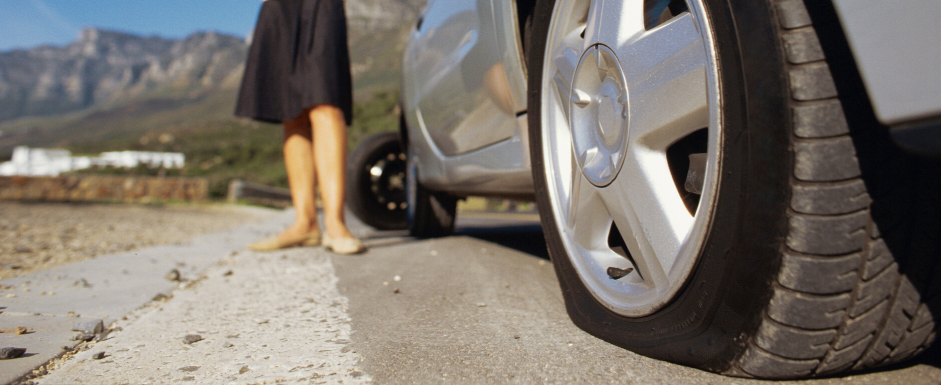
FAQs about Run Flat Tyres
1. Are run-flat tyres the better choice?
Run-flats can be considered the safer choice especially during a flat tyre scenario because the weight is reduced, you don't have to stop and change your tyre and your car stays stable even with a flat. However, even if they sound like the perfect choice, there are still some trade-offs and disadvantages in using them, just like with any other tyre. The best choice will depend on your particular needs and driving conditions.
2. How long do run-flat tires last?
If you maintain your tyres by making sure you the tyre pressure is correct and using them properly (for example you won't be using a highway tyre off-road), then Run-flat tyres should last just as long as conventional tyres, around five to six years or 60,000 miles, whichever comes first. They are made with similar materials to regular tyres and how long they last will depend on how long ago it was manufactured, how far you've been driving in them (it's mileage) and how well you take care of them.
3. How long and far can I drive on a punctured run-flat tyre?
If your Run Flat tyre gets damaged by a puncture, it should be able to take you home or a garage, as far as about 80 km. (50 mi) at a speed of 80km./hour only. This can vary per vehicle depending on how heavy the car is as well as the weather and road conditions. Please check with your tyre manufacturer for their exact recommended limits.
4. Can I get my Run-flat tyres repaired?
Major tyre manufacturers do not recommend repairing Run Flat tyres and most tyre shops will no try either. They are built differently from regular tyres so it is a complex process to fix them.
5. Can I install both Standard and Run-Flat Tyres on my car?
No, we don't recommend you mix different tyre types on one vehicle since they were made with specific characteristics that might not match.
6. How do I get my runflat tyres fitted?
Run Flat tyres should only be fitted on vehicles that come with TPMS technology, which is why special care must be taken to ensure the tyre is connected to the relevant sensors – making the fitment different from normal tyres. Before the tyre is fitted, the TPMS aluminium sensors should be equipped with a new rubber grommet, special nickel-plated valve core, and an aluminium retaining nut.
7. Can I fit run-flat tyres on an older car or one that came with OE standard tyres?
Yes, you can install run-flat tyres on an older vehicle or one that originally came with standard tyres BUT there are some things you need to consider:
7.a. Your vehicle must have a built-in Tyre Pressure Monitoring System
You can only install Run-flat tyres on cars with a TPMS/tyre pressure monitoring system. If your current vehicle does not have one built-in then no - you can't switch to Run-Flats.
7.b. You need to adjust your vehicle's suspension
You should also note that you may need some changes made to your vehicle's suspension. Because of their stiffer construction, run flat tyres contribute to a vehicle's suspension when fitted as original equipment.
8. Can I change my factory-installed Run Flat tyres to Standard tyres on My vehicle (with TPMS tech)?
Yes, if you own the vehicle, feel free to change your OE Run Flats to standard tyres.e to 'conventional' tyres. However, if the vehicle was designed with Run Flat tyres, it will not come with tools and a spare tyre so you will need to purchase a set.

Our Run-Flat Recos:
A number of leading carmakers offer run-flat tyres, which they also call "mobility" tyres.
A number of leading carmakers offer run-flat tyres, which they also call "mobility" tyres.
Some of the best examples include:

Pirelli Cinturato P1 EcoImpact Runflat
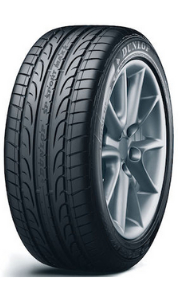
Dunlop SP Sport Maxx XL Runflat
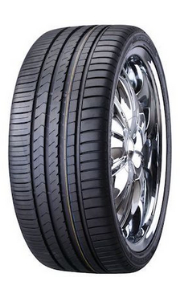
To recap, Run Flat tyres are tyres that have been designed to get you to safety when suffering a puncture. It is a safe, convenient and innovative way to keep you moving. But there are various advantages and disadvantages in choosing to use them.
It will also depend on the kind of car you drive and if it is the type of tyre that can best suit your driving needs.
Pictures:
http://www.freeimages.com/photo/changing-a-tire-at-night-1252520 https://www.freepik.com/free-photo/technician-is-repairing-car-flat-tire_3763257.htm
